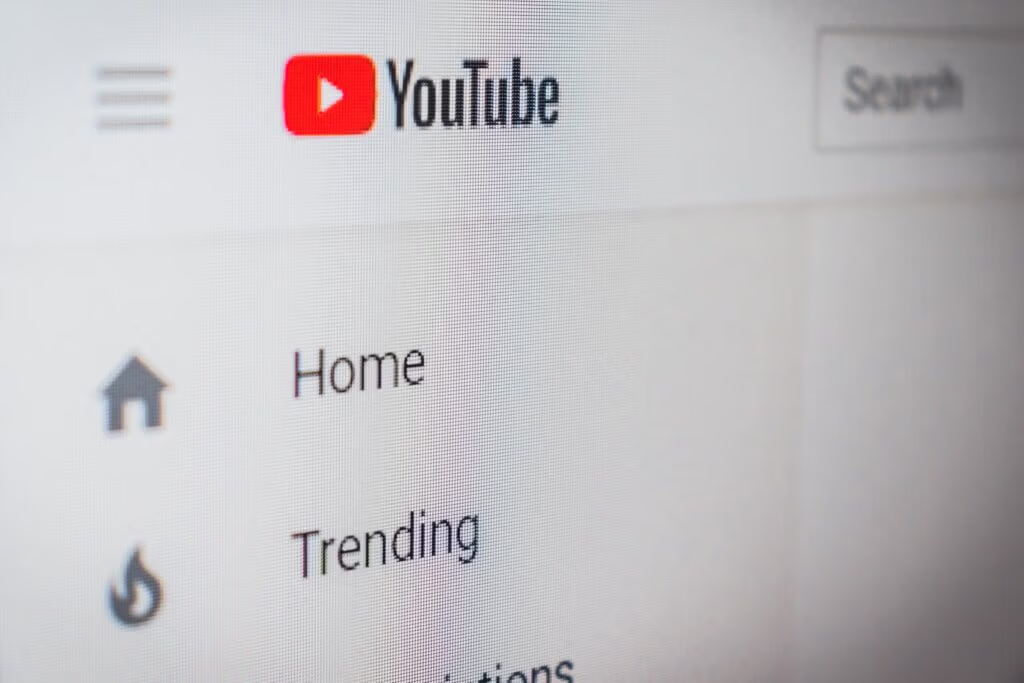A few months back, my pastor sent me an email asking my opinion on our strategy as a church for posting sermons online. He shared a link to a video where the creator suggests that not posting your full sermons online is a better way to take advantage of the Youtube algorithm than posting a full 30-minute or hour-long sermon. Based on the stats, he’s 100% correct if your goal is to use the Youtube algorithm to introduce new people to your church via an online approach.
This video had a lot of great information and insight that led us to discuss what the purpose of our sermon videos is and how to best use them. 2020 forced us all to go digital. Even churches that didn’t have a website prior to COVID ended up learning how to stream their sermons online. Online campuses were popping up left and right from larger churches out of necessity.
Now that season is mostly behind us (knock on wood) but the use of online church is still booming. According to Christianity Today, as of March 2022, 22% of regular churchgoers (those who attended at least once a month) were only attending online and another 12% have yet to return online or in person. These online campuses have grown and become more immersive.
So the question is, should your church be posting sermons online in the hopes of growing an online audience? If you’re not trying to grow an online audience, is there a purpose for posting your sermons? I’ll walk you through some of my thoughts and the things that I think we should keep in mind regardless of what side of the digital church fence we fall on.
What is the Purpose of Posting Sermons Online?
When I talked to my pastor, the very first question I asked him is what was the purpose of posting the sermons. This one question honestly makes the decision about where and how to post your sermons much simpler.
If the answer to this question is simply to keep an archive then posting the full-length videos somewhere like Vimeo or Youtube is probably your easiest bet. Vimeo is not nearly as widely used as Youtube, but if the main goal is archival then that’s totally fine. However, there is a benefit to using Youtube as it’s less restrictive and free.
If the purpose behind posting your sermon videos is so that your church members who were unable to make it to church Sunday can go back and watch the service then I’d suggest posting the full-length sermon to Youtube and then cross-posting it to your website (we like to use Sermon Manager for this) and also to your Facebook page so it’s easy for members to find no matter what avenue they decide to use.
However, if your main purpose is to draw people to your church solely via the internet and cast that wide net to bring people in then you should probably follow the tips from the video I mentioned earlier. The Youtube algorithm likes videos that are bitesized and come in at around 15 minutes long. This is the length of video that is currently optimizing both view duration and view percentage. To take advantage of this strategy you would need to take your sermon and edit it down to smaller bitesized pieces that can then be uploaded to Youtube.
Being a Good Steward
This led us to a very important conversation on being a good steward of those people that you might bring in via your online strategy. My goal is not to tell you if online church is or is not biblical. That’s a conversation for another day, probably in person, but my goal is to get you to think through how you can best engage those viewers who are coming to your sermon videos or live-streams as their church experience.
Brady Shearer, the creator of the video that started this whole conversation, explains at the end of his video the importance of next steps for both your in-person audience as well as your digital audience. If your church desires to reach people online then you must also have viable next steps to steward and shepherd those people well.
Some churches even have an “Online Campus Pastor” specifically to shepherd this community. The goal is to find ways for these people to do all the same things they would do physically in church, but online. You want to provide ways for members to talk to one another, to serve with one another, to be discipled, to grow in their relationship with Christ and with other believers, and to tithe.
Some ways I’ve seen this done by larger churches is through chat functions, online tithing platforms, zoom bible studies, and even digital serve days. Regardless of your personal opinions of online church, if you’re going to do it this is the way it should be done. We cannot cast a wide digital net and bring people into the fold only to abandon them there. The same is true for the members sitting in our pews. Every church must have solid next-step strategies.
Should I Still Edit Our Services if We Don’t Have Online Campuses?
So you might be wondering, if creating an online campus is not something that my church is wanting to do, is there any point in putting more effort into editing the service videos before posting them? In my humble opinion, the answer is 100% yes. There is still value in putting in that little bit of extra effort to make things look nice or package it well for your congregation.
For one thing, if someone misses the service on Sunday and wants to check out the sermon to catch up before the next Sunday, they likely want to listen to the sermon and will probably skip through the worship time. That’s not because they don’t love that time on Sunday morning, but it’s different when you’re not with your faith family in person. So one thing you can do is edit the video to only include the sermon before posting it to Youtube, Vimeo, or your Website.
Another thing you can do is pull out short segments of the sermon that include powerful moments or key points and post those on your social media during the week. This is a great way to draw attention back to the main points of the sermon and encourage your members to meditate on the truths from scripture that were presented that week. It’s also a great way to encourage conversation between members online and drive engagement.
If all of this feels a little above your pay grade, we’d love to talk to you about simple solutions and how we at Dogwood can help you better minister to your congregation both on and offline. 33% of church attendees first found their church online. Your congregation (and potential new members) are online, so you should be too! We can help you make the best first impression. Reach out to us to learn more.


